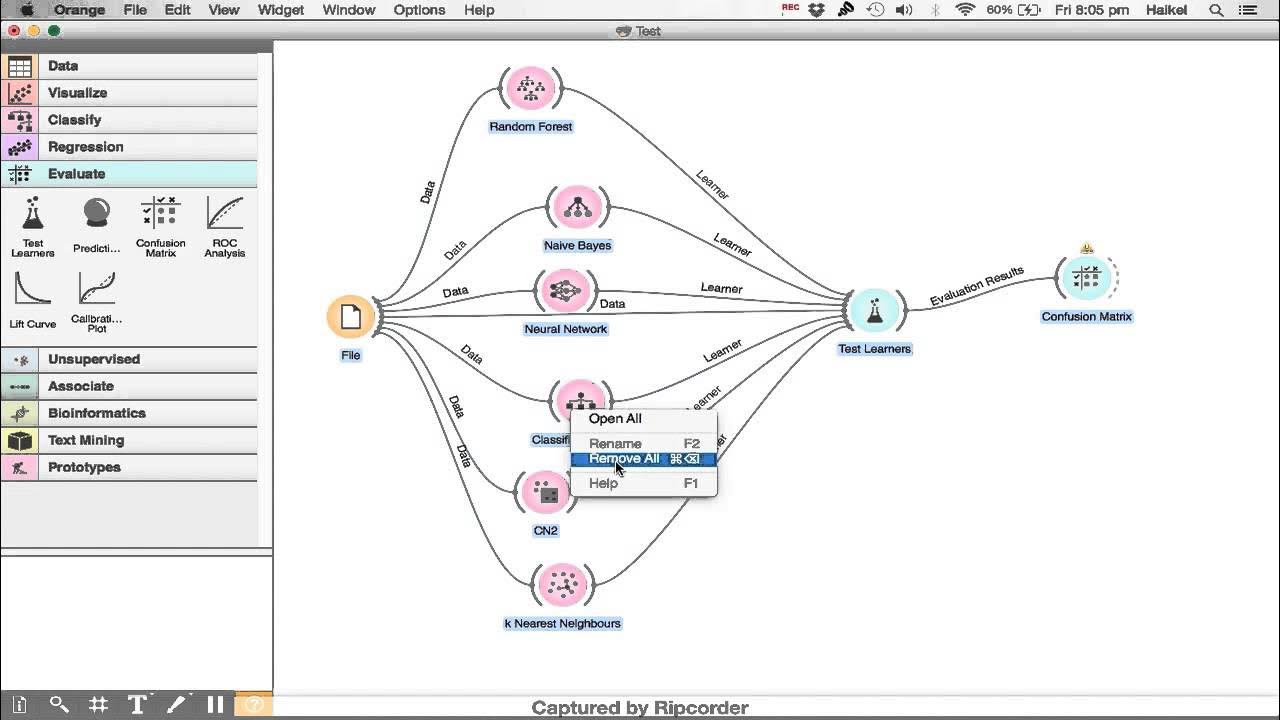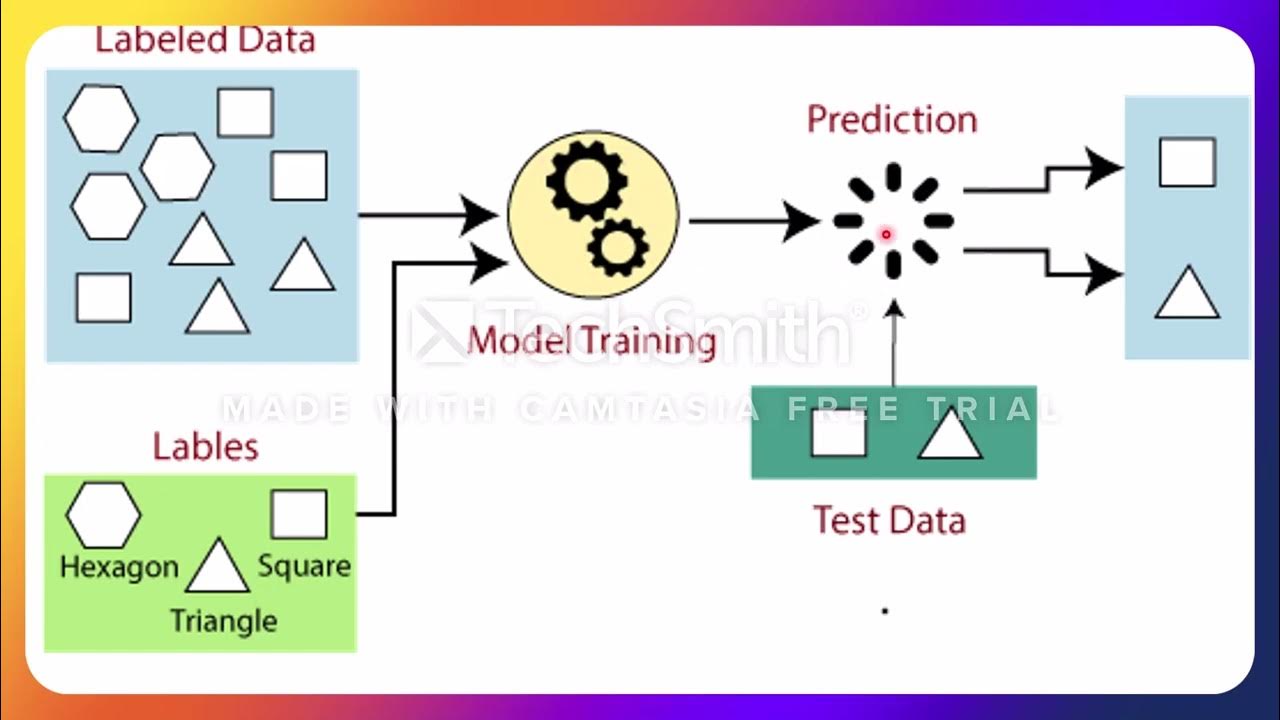How This Guy Uses A.I. to Create Art | Obsessed | WIRED
Summary
TLDRRefik Anadol explores the intersection of art and technology through his immersive data sculptures, which visualize massive datasets using machine learning. By transforming images, sounds, and environmental data into dynamic installations, Anadol challenges our perception of memory and reality. His projects, inspired by personal experiences and scientific inquiry, aim to reveal the hidden narratives within data. From celebrating architectural landmarks to interpreting human memories, Anadol's work envisions a future where buildings and machines become alive with cognitive capabilities, inviting audiences to rethink their relationship with technology and the essence of memory.
Takeaways
- 😀 Refik Anadol's installations are composed of millions of data points, representing a vision of our future.
- 🎨 Anadol explores the concept of data as a pigment, seeking to make invisible data visible through algorithms.
- 🌆 His piece 'Machine Hallucinations' is based on 113 million images of New York, focusing on collective memories rather than individual perspectives.
- 🏙️ Anadol's work includes projecting machine-generated visuals onto architectural structures, transforming buildings into dynamic art experiences.
- 🎶 For the LA Philharmonic centennial, Anadol used half a million images and audio recordings to create immersive projections on the Walt Disney Concert Hall.
- 🤖 Anadol finds inspiration in the intersection of human and machine consciousness, often referencing themes from science fiction.
- 💨 His project 'Winds of Boston' visualizes wind data from Logan Airport, using it as a new artistic medium.
- 🧠 'Melting Memories' addresses the concept of memory through visual representations of brain data related to Alzheimer's.
- 🔍 Collaborating with neuroscientists, Anadol's work aims to translate neurological activity into artistic expression.
- 🌍 Anadol is pushing boundaries by combining data with 3D printing technology to create physical installations that reflect digital narratives.
Q & A
What is Refik Anadol's approach to data in his art?
-Anadol explores the idea of transforming data into visual art by using algorithms and machine learning to create dynamic visualizations, which he refers to as 'data sculptures.'
How does Anadol differentiate between human memories and machine memories?
-Anadol suggests that machine memories are more like collective memories, encompassing multiple perspectives and data points, whereas human memories are personal and subjective.
What inspired Anadol's project 'Machine Hallucinations'?
-The project was inspired by analyzing a massive dataset of 113 million images of New York, from which he removed human subjects to focus on buildings and environments.
What technology did Anadol use to create his visualizations?
-Anadol utilized machine learning algorithms and large-scale projectors to create immersive visual displays, such as the projections on the Walt Disney Concert Hall.
What themes does Anadol explore in relation to technology?
-Anadol examines the relationship between humans and technology, particularly how data and AI can shape our understanding of memory, identity, and the future.
How does Anadol's project 'Winds of Boston' utilize environmental data?
-In 'Winds of Boston,' Anadol used one year’s worth of wind data from Logan Airport, including gust speed and direction, to create visual representations of wind patterns.
What personal experience influenced Anadol's 'Melting Memories' project?
-The project was influenced by Anadol's uncle's struggle with Alzheimer's, prompting him to explore the scientific and emotional implications of memory loss.
What scientific collaboration did Anadol engage in for 'Melting Memories'?
-Anadol collaborated with neuroscientists to capture brain activity data from subjects as they recalled childhood memories, using EEG technology.
What is the significance of data in Anadol's artistic process?
-Anadol views data as a material that can be transformed into artistic expression, believing it holds the potential to inspire new forms of imagination and storytelling.
What future projects is Anadol working on?
-Anadol is developing a public art project in Portland that will incorporate thousands of images of the city, using 3D printing to create a large sculpture that integrates data-driven projections.
Outlines

Cette section est réservée aux utilisateurs payants. Améliorez votre compte pour accéder à cette section.
Améliorer maintenantMindmap

Cette section est réservée aux utilisateurs payants. Améliorez votre compte pour accéder à cette section.
Améliorer maintenantKeywords

Cette section est réservée aux utilisateurs payants. Améliorez votre compte pour accéder à cette section.
Améliorer maintenantHighlights

Cette section est réservée aux utilisateurs payants. Améliorez votre compte pour accéder à cette section.
Améliorer maintenantTranscripts

Cette section est réservée aux utilisateurs payants. Améliorez votre compte pour accéder à cette section.
Améliorer maintenantVoir Plus de Vidéos Connexes
5.0 / 5 (0 votes)






